Based on materials from Androidcentral
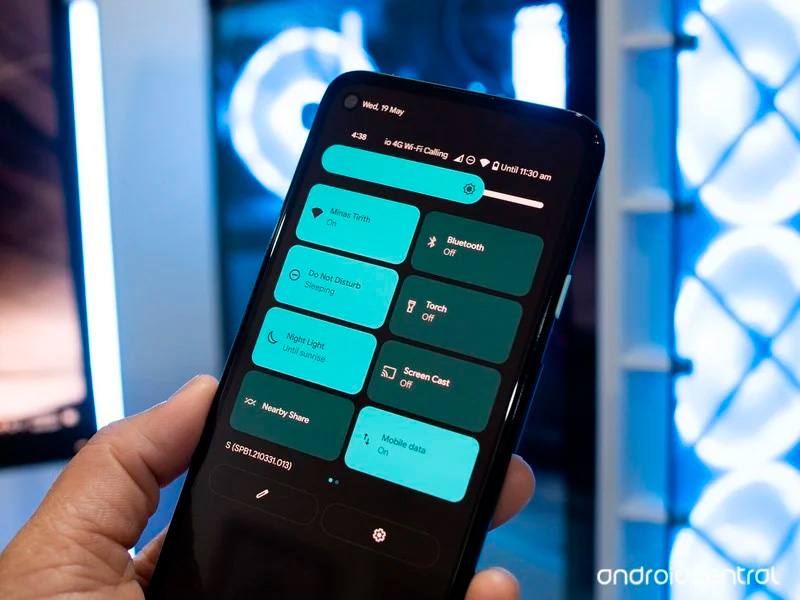
If you ask any iPhone user why they won’t switch to Android, the most obvious answer is likely to be dominated by the ecosystem. It just works. Seamlessly switching between Apple Watch, iPhone, iPad and Mac is the best system integration we’ve ever seen. Samsung has been battling Apple in this field for years, even partnering with Microsoft to achieve better integration with Windows applications, but these are not equal things anyway.
Google, in turn, was perceived as a collection of different teams working on different projects that did not even communicate with each other. Of course, in fact, we know that this is not true, but this is how it seems from the outside.
Wear OS was a misunderstanding from the start, and even after Qualcomm introduced a new wearable chipset, fixing much of what had been complained about in previous iterations, it was only used in the TicWatch Pro 3. Samsung and Fitbit dominated the smartwatch market. hours on Android, and Google had only to follow one unshakable truth: you can’t beat them – buy them or become their partner.
Chrome OS is a slightly different story as the platform has received a lot of attention, especially its better integration with Android smartphones. But this is not enough either. Not enough yet.
It all starts with You
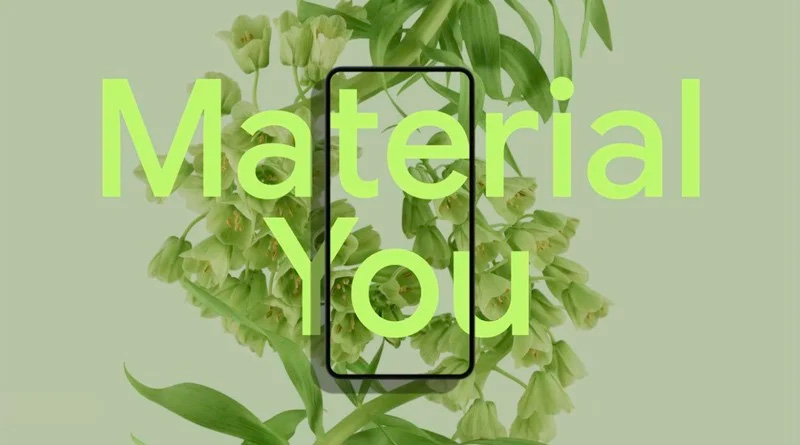
Google I / O 2021 announced with great fanfare the move to a new design language called Material You, as well as a partnership with Samsung. Material You is much more than just a new interface for your smartphone. As Mathias Duarte said from the stage, these changes are not only about the smartphone in your pocket. We will see new elements in a large number of Google applications, as well as on the Chrome OS.
The Android UI itself hasn’t been overhauled since Material Design was introduced with Android Lollipop in 2014. In Material You and Android 12, Google has leveraged the best of material design, offering welcome and needed improvements. They are related to the application of themes and elements, as accents and buttons can automatically change based on what colors were used in your wallpaper.
They also promise more comfortable one-handed operation for smartphones with stock Android. We have already seen changes regarding design elements from companies such as Samsung, OnePlus, Xiaomi, and almost any smartphone manufacturer. And now they’ve come to stock Android. The buttons will become larger, it will be easier to reach the top of the settings menu – all so that when interacting with a smartphone you do not have to do all this yoga for your fingers every time.
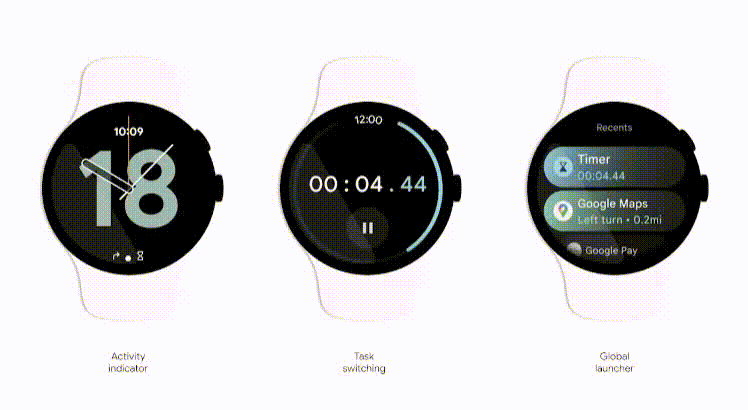
Design changes are coming to wearables along with Wear, or Wear OS, or whatever it will eventually officially call it when introduced. Google’s wearable operating system should take over some of the new design elements and bring them into future smartwatches. Developing software with Samsung, as well as adding cool fitness and health tracking features from Fitbit, is the recipe for how to create a real competitor for WatchOS and Apple Watch. Of course, if Google and Samsung do not disappoint in the hardware field. Samsung has said its next smartwatches will run on this new OS, so we don’t have to wait for the mythical Pixel Watch to see it all.
Change is coming
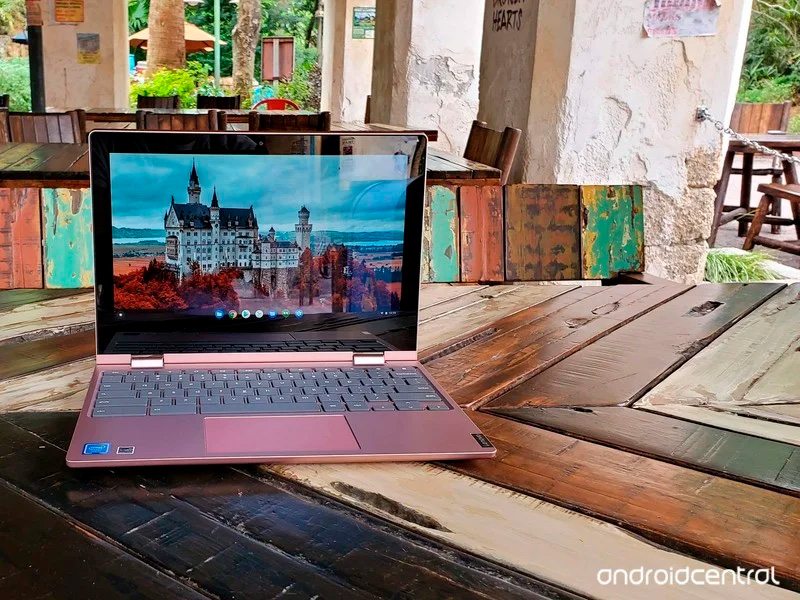
All we need is user experience continuity, which will be supported in the years to come. When new technologies and features become available, you want them to be available as soon as possible. And the best way to make it possible is to have it done by Google itself. Continuity is what makes the Apple ecosystem so attractive and why the thought of leaving is so painful.
Those looking for the best Android smartphone have a lot to choose from, and the same can be said for the best Chromebook. And that’s already two-thirds of Google’s potential overarching ecosystem. The missing piece is the smartwatch, and Google has acknowledged that the partnership with Samsung will give the company and its consumer base the best way to complete the trio.
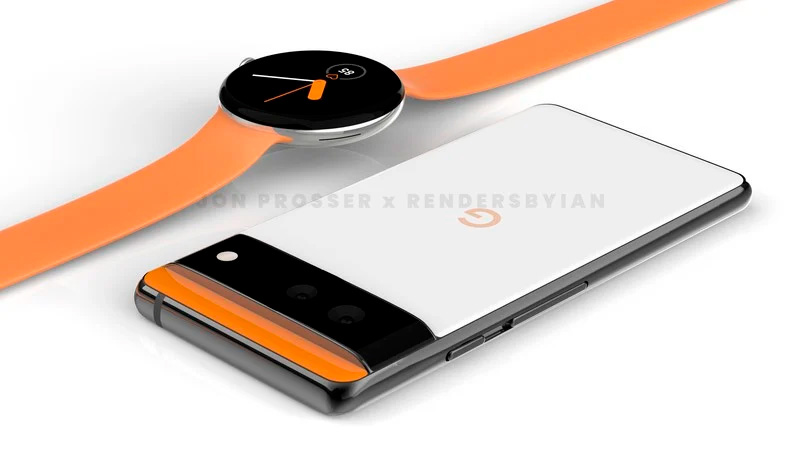
The new renders of the Pixel Watch, Pixel 6 and Pixel 6 Pro give us an idea of what to expect this fall. But, of course, there is no guarantee that these are final products. It’s possible that these ever-popping renders are just a potential design option that Google is considering. However, the Pixel 6 is without a doubt one of Google’s most ambitious projects to date.
Add in rumors that Google is working with Samsung on the Whitechapel chipset, and we get a complete picture of the similarities with Apple. So far, rumors that Google is working on its own series of processors have been circulating for years, but every time a new Pixel appears with a Qualcomm chipset on board.
With Whitechapel, Google will have more control over how the processor uses its processing power. Instead of adding an additional coprocessor (like the Pixel Neural Core), Google could build a chipset and software that work together. Hopefully this means bringing back the laurels of the best Android photography solution to the Pixel.
Google, don’t disappoint!
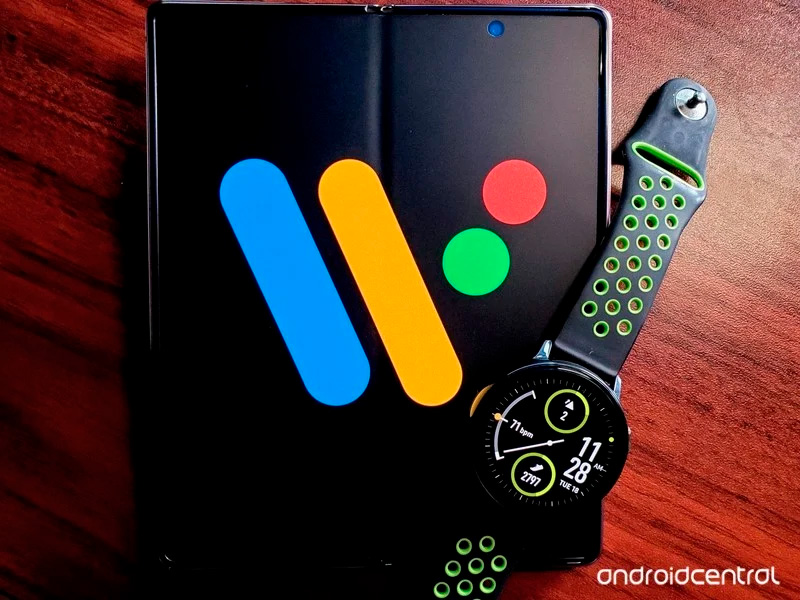
What is the risk of Google, other than the unknown amount invested in the partnership with Samsung? This is the company’s best chance to create a unified network of products and software that can really compete with Apple, offering a smartphone close to the flagship level, with a radically reimagined software, as well as the smartwatches that we have been waiting for since the inception of Android Wear.
Chrome OS isn’t flawless in many ways. However, Google has done a great job keeping it up-to-date and adding the necessary features. Now is the time to channel the company’s huge resources into the devices it has been working on for the past few years.
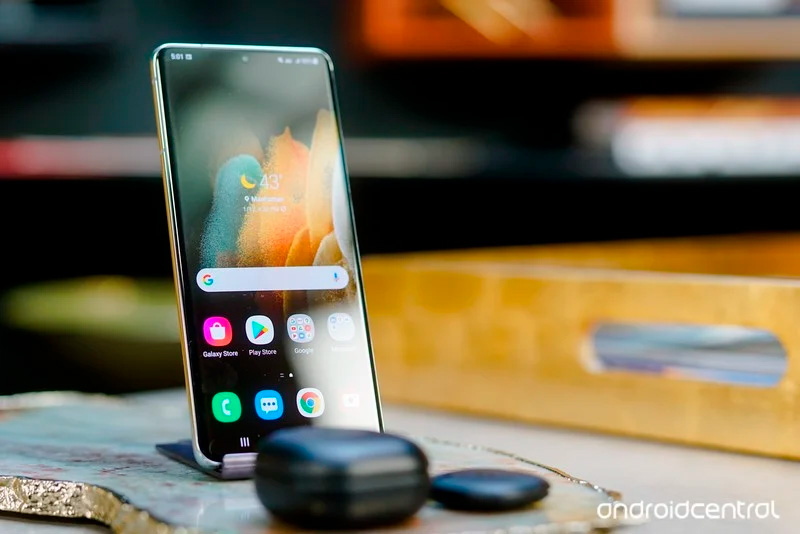
It’s not about Google throwing out billions in marketing spending, but the company should learn a thing or two from Samsung and even OnePlus. She should direct all efforts to promote these devices, not repeat the mistake made with the Pixel 4, and let the new smartphone be talked about from every iron months before its release. More, more advertising. Yes, it can get bored, but everyone who wants the pixels to be successful can survive it.
And if this does not happen, we will return to where we started. Google will once again remain a conservative company, and Samsung and Apple will continue to dominate the smartphone and wearable market.





